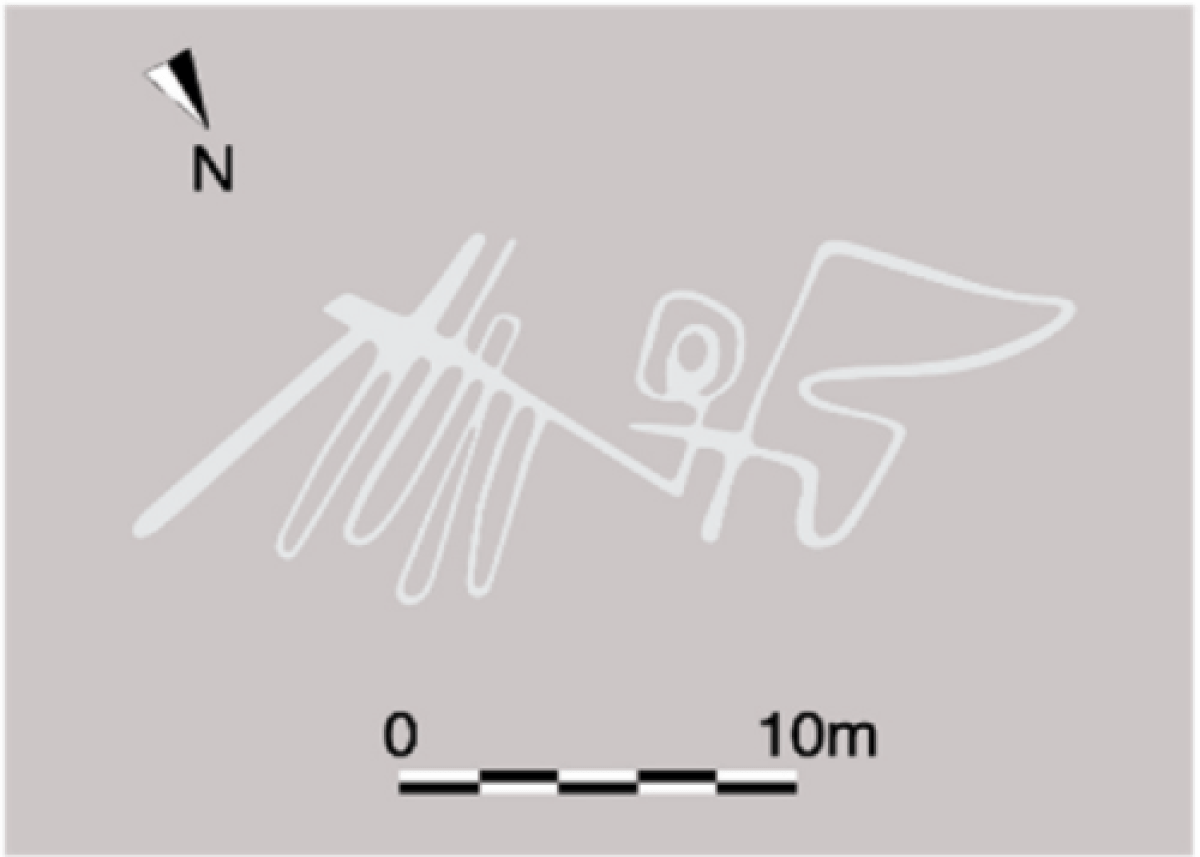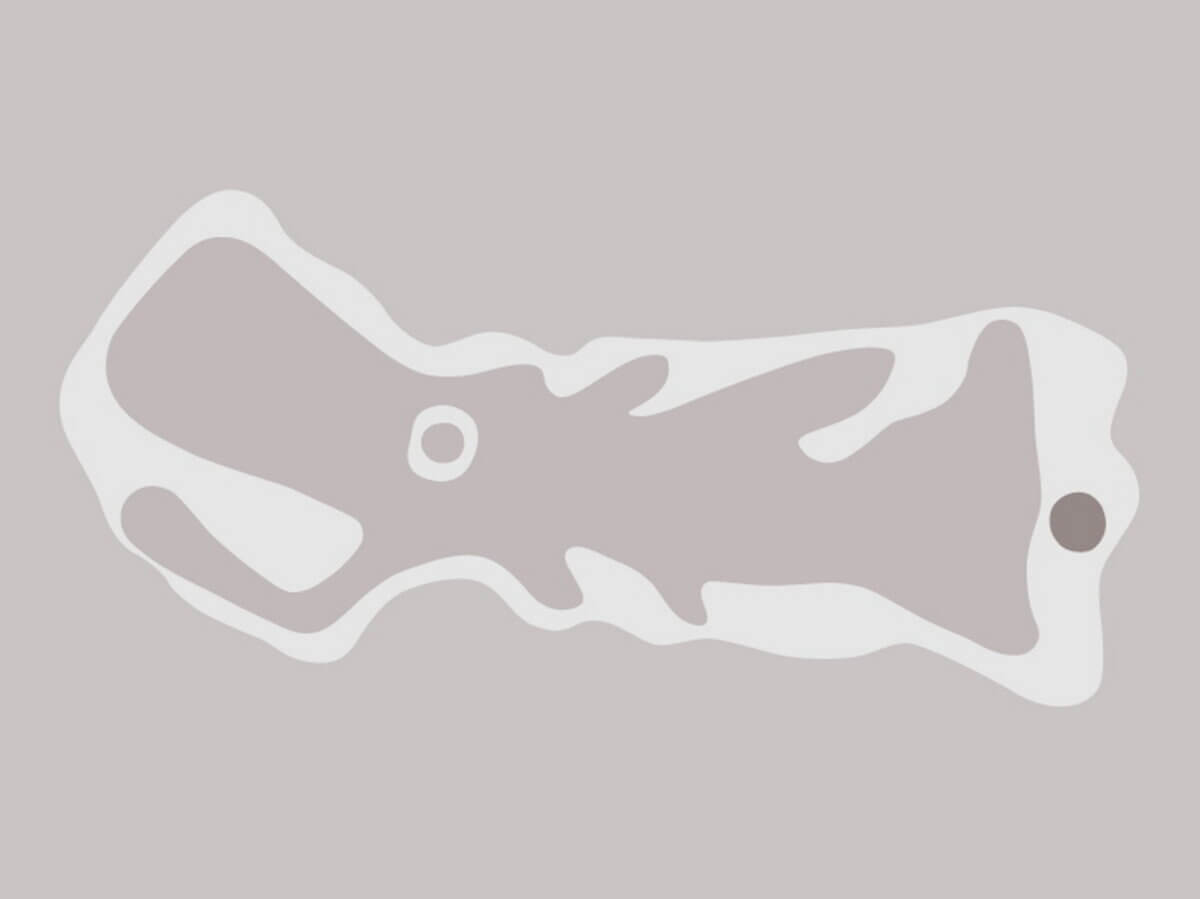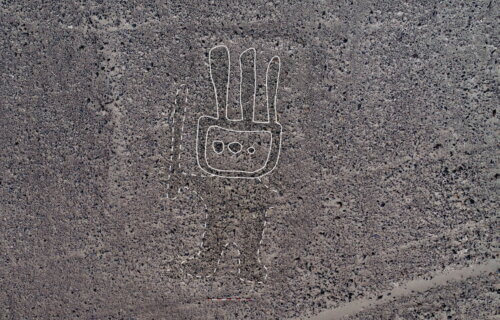YAMAGATA, Japan — Artificial intelligence (AI) has helped scientists uncover four enormous shapes concealed within the Peruvian landscape. The research focused on the Nazca Desert in southern Peru, known for the enigmatic Nazca Lines. These geoglyphs, some stretching up to 370 meters, were created between 500 BCE and 500 CE. According to a team in Japan, their creators etched shallow depressions or incisions into the desert floor, removed pebbles, and exposed differently colored dirt.
The study, undertaken by researchers at the Yamagata University Institute of Nasca and IBM Japan, details the deep learning AI model employed to survey these figurative geoglyphs. This led to the uncovering of four geoglyphs: an odd humanoid figure, a pair of legs, a fish, and a bird. The humanoid shape was revealed in 2019.
Before this, investigators would have had to examine aerial photographs of extensive areas manually, a method that was both time-consuming and inefficient. The research paper reveals that deep learning technology allows for the identification of potential geoglyphs approximately 21 times faster than what human capabilities permit.

(credit: Yamagata University)
“Due to the requirement of detecting unconfirmed geoglyph candidates, careful consideration and ingenuity were needed in order to train a deep learning object detection model using training data of very limited quality and quantity,” the team from Yamagata University explain in a media release.

Following the success of this preliminary study, the researchers are now collaborating with IBM T. J. Watson Research Center to conduct a large-scale, AI-based survey of geoglyphs across the entire Nasca Pampa. They also intend to collaborate with Peru’s Ministry of Culture to initiate measures designed to safeguard the geoglyphs.

Anthropologists, ethnologists, and archaeologists have endeavored to unravel the mystery of the lines by examining the ancient Nazca culture. One hypothesis is that the Nazca people created the lines to be seen by deities in the sky. While some Nazca lines form shapes best observed from the air at around 500 meters (over 1,600 feet), they can also be seen from surrounding foothills and other elevated vantage points.
The joint study is published in the Journal of Archaeological Science.
South West News Service writer Dean Murray contributed to this report.

